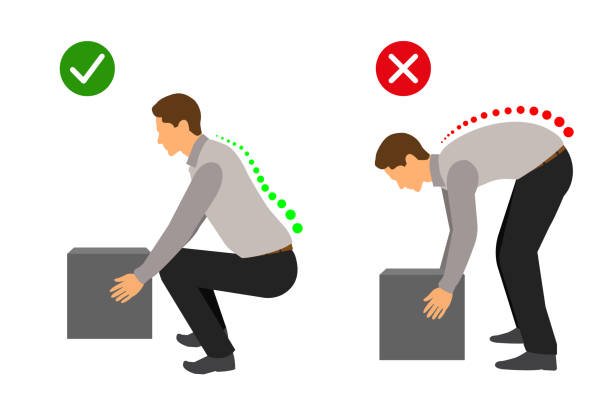Spine surgery is a significant medical procedure that can provide relief from chronic pain, improve mobility, and restore quality of life. However, the road to full recovery requires careful attention to rehabilitation and lifestyle changes to prevent re-injury. Below are essential strategies to avoid re-injury following spine surgery:
- Follow Post-Surgical Instructions
One of the most critical aspects of recovery is adhering to the surgeon’s post-operative instructions. These guidelines often include activity restrictions, recommendations for medication management, and wound care. It is essential to follow these instructions precisely to prevent strain on the healing area and ensure proper alignment of the spine. - Gradual Return to Physical Activity
After surgery, the spine needs time to heal, and resuming physical activity too soon can lead to re-injury. Physical therapists typically guide patients through a graduated program of exercise, focusing on building core strength, flexibility, and proper posture. Activities like walking, swimming, and gentle stretching can help maintain physical fitness while avoiding unnecessary stress on the spine. - Strengthening the Core and Supporting Muscles
A strong core plays a critical role in spine stability. Exercises that target the abdominal, back, and pelvic muscles should be part of the rehabilitation process. Strengthening these muscle groups helps reduce the load on the spine, preventing excessive pressure that could lead to re-injury. Additionally, improving muscle balance around the spine aids in posture correction and overall spine alignment. - Proper Body Mechanics
Using proper body mechanics in daily activities is essential in preventing re-injury. This includes maintaining good posture while sitting, standing, and lifting. Patients should avoid twisting motions and heavy lifting, as these actions can strain the spine. Ergonomic adjustments at work, such as using a supportive chair or desk setup, can also minimize spinal stress. - Weight Management
Carrying excess weight places additional strain on the spine, particularly the lower back. Maintaining a healthy weight through proper nutrition and exercise can reduce the risk of re-injury by lessening the load on the spine. A well-balanced diet that includes adequate nutrients for bone and joint health—such as calcium and vitamin D—also supports recovery. - Monitor for Red Flags
Patients should remain vigilant for any signs of complications or re-injury, such as increased pain, numbness, tingling, or weakness in the legs. Early detection of any unusual symptoms allows for timely medical intervention and may prevent more severe damage. Regular follow-up appointments with the surgeon are also crucial to monitor recovery progress and identify potential issues. - Lifestyle Modifications
Incorporating lifestyle changes such as quitting smoking (which can impede healing) and reducing alcohol consumption (which can impact bone health) can contribute to better recovery outcomes. Additionally, practicing mindfulness and stress management techniques can help reduce muscle tension and promote overall well-being during the healing process.
In conclusion, avoiding re-injury following spine surgery involves a holistic approach that includes careful adherence to medical instructions, physical rehabilitation, proper body mechanics, and lifestyle adjustments. By taking proactive steps to protect the spine and maintain its health, patients can significantly improve their chances of a successful recovery and long-term spine health.
